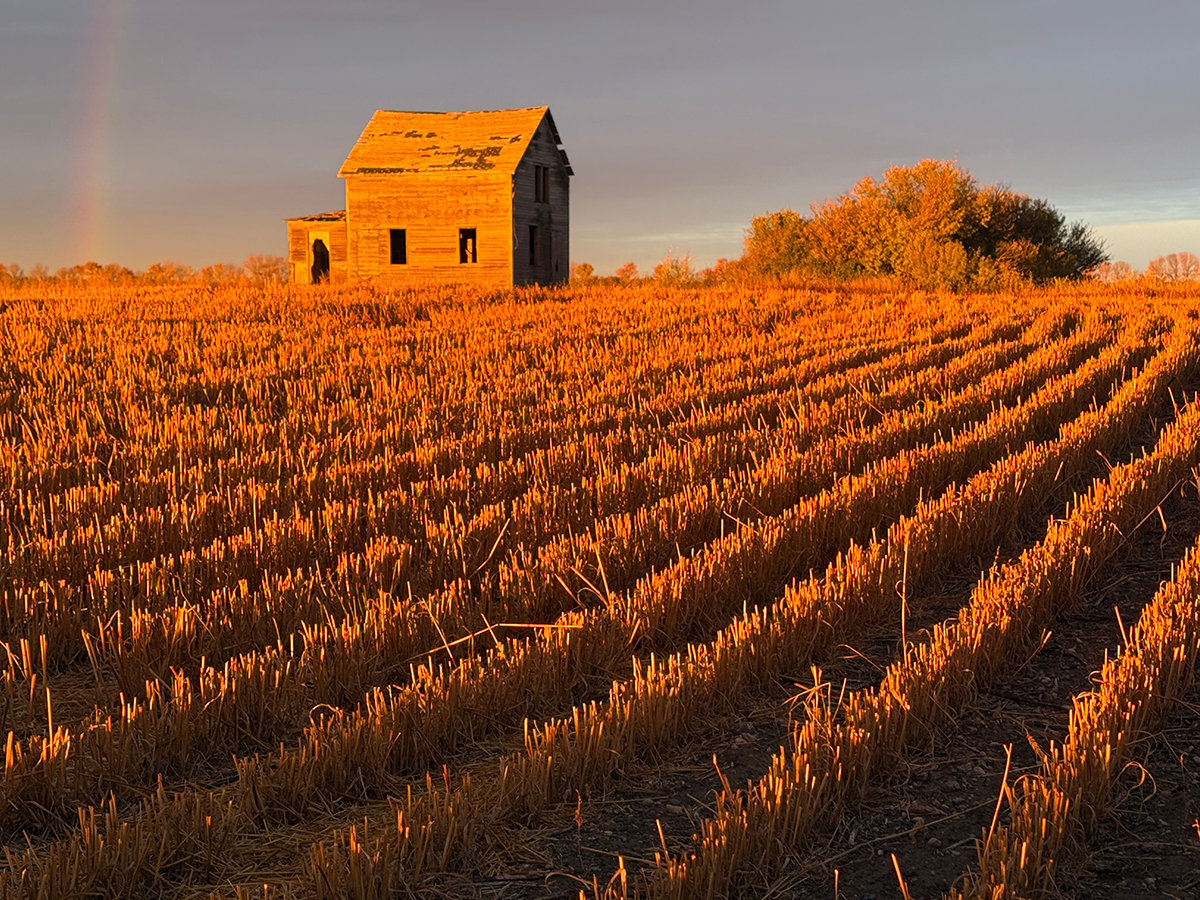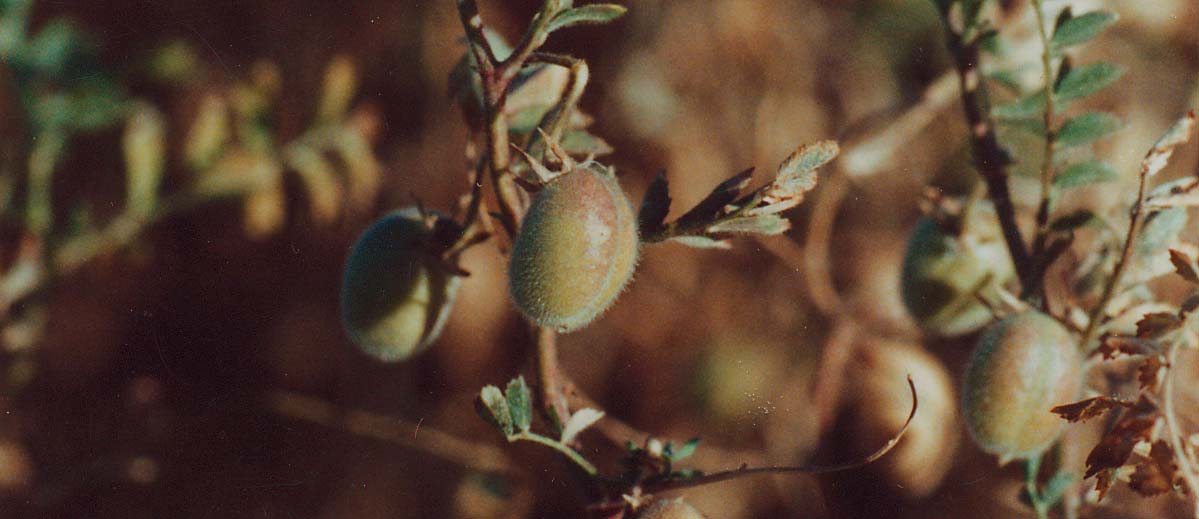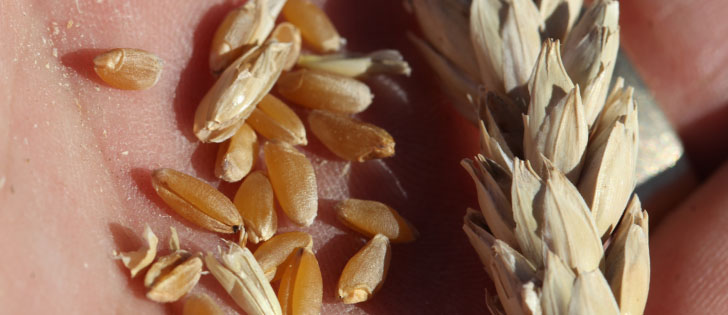Field trials in Saskatchewan indicate that weeds can rapidly develop resistance to Group 2 herbicides, a result that is particularly concerning for pulse growers in Western Canada, says Hugh Beckie, a plant scientist at Agriculture Canada’s research centre in Saskatoon.
Beckie and French colleague, Xavier Reboud of the University of Bourgogne, determined the level of resistance in field pennycress, or stinkweed, in a plot of spring wheat went from five percent to 29 percent after just one application of Muster.
“What was probably most interesting about this study was that after only one year of using that Group 2 herbicide … we found that the survivors had a very high level of resistance,” said Beckie, who farms near Davidson, Sask.
Read Also

Forecast leans toward cooling trend
July saw below average temperatures, August came in with near to slightly above average temperatures and September built on this warming trend with well above average temperatures for the month.
The findings were not the main objective of the four years of field trials from 2004 to 2007 at Watrous and North Battleford.
“(We wanted) to see the relative effectiveness of herbicide rotations … versus mixtures (of herbicides) from different groups, in terms of delaying resistance,” said Beckie, explaining why he initiated this study, which was published in the July issue of Weed Technology.
“That’s been a question that we’ve been wondering about, as weed scientists, for decades.”
Prior to the Saskatchewan experiment, scientists had only compared the two approaches with computer models, Beckie said.
After analyzing the seeds of field pennycress, Beckie concluded that rotations are less effective than mixtures because weeds develop resistance to Group 2 herbicides so quickly.
“Because ALS inhibitor resistance can evolve in field weed populations after fewer than five applications, herbicide rotation as a tactic to delay such resistance is probably short-term at best,” he wrote in the published study.
ALS inhibitor is another name for Group 2 herbicides, which kill the weed by blocking the function of a crucial plant enzyme.
The results showed that mixing different herbicide groups is a better method to delay resistance.
“What we found was that after four years (of trials), the mixture was effectively able to keep the resistance level at five percent, what we started with,” he said.
To reach their conclusion, Beckie and his colleagues spread stinkweed seeds, 95 percent susceptible to Group 2 herbicides and five percent resistant, on four by 10 metre plots of wheat.
They then applied a mixture of Muster (a Group 2) and Buctril M (Group 4) in successive years.
Researchers applied a variety of rotations of Muster and Buctril M, such as four applications of Muster, two shots of each and three applications of Muster followed by one year of Buctril M.
After two applications, the percentage of field pennycress seeds resistant to Muster increased to 54 percent, then 71 percent after three successive years and finally 85 percent were resistant to Muster after a fourth application.
The rapid increase in resistance is especially significant for pulse growers, Beckie said, because they rely on Group 2 herbicides for broadleaf weed control.
“A lot of the Group 2 resistance is developing in pulse crops like peas and lentils … so there is an immediate need to develop suitable herbicide strategies, including mixtures, to delay resistance,” he said.
Elmer Kaskiw, a crop production adviser for Manitoba Agriculture in Shoal Lake, said control of broadleaf weeds, like cleavers, is becoming a concern for Manitoba pulse growers.
“Cleavers would be an ideal weed suited for resistance,” he said.
“It produces a lot of seed and moves around quite easily … it’s a very prolific and stubborn weed and the only way to control cleavers in a pulse crop is with a Group 2 herbicide.”
So far there have been no confirmed cases of Group 2 resistance in cleavers in the province, but Kaskiw noted that kochia resistance is on the rise.
“That has been documented and it’s probably affecting acres in southwest Manitoba, in terms of growing pulse crops.”
Although herbicide resistance is a growing concern, Beckie noted that mixing herbicides from different groups is expensive.
“Right now it’s just not cost effective to mix two grass herbicides together,” he said.
“There are some practical challenges that I think industry has to step up to the plate and try and address.”
While that gets sorted out, Kaskiw recommends that producers limit their use of Group 2 products.
“People (should) try to reserve their Group 2 usage for when they grow pulse crops,” he said.
“Often producers will be using Group 2 herbicides in their canola or in their cereal production. Every time they’re using a Group 2 herbicide … they’re taking that option away when they try to grow pulses.”















